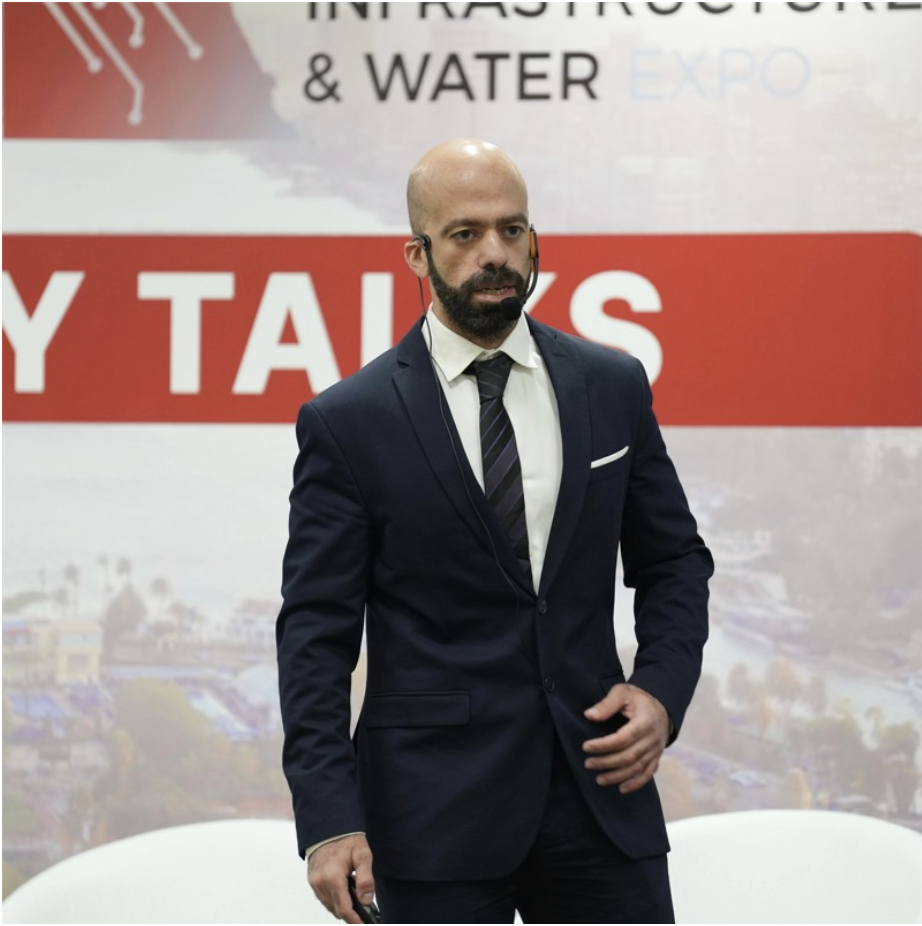Lean Construction (LC) categorizes the project’s activities as Value-Added (VA) activities and Non-Value-Added (NAV) activities. The second category has eight different types: 1) Rework; 2) Overproduction; 3) Transportation; 4) Inventory; 5) Waiting; 6) Over-processing; 7) Unnecessary Movement; and 8) Non-Utilized Talent [1-8].
Construction thrives on efficiency, yet a sneaky culprit lurks under the surface: non-utilized talent. Imagine skilled engineers, the lifeblood of a project, assigned tasks far from their expertise. This mismatch, newly recognized as the eighth Lean waste, creates a ripple effect of delays, frustration, and missed opportunities. But fear not! Let's dive deeper and discover how to turn non-utilized talent into a powerhouse of productivity.
What Is "Non-utilized Talent"?
The term non-utilized talent is considered new in the construction industry. The definition of this term, or theoretically, this waste, is the use of qualified labor or engineers working on different tasks [1], [3], [4], [6], [7], [8]. Think of an architect stuck filing paperwork or a seasoned project manager juggling procurement. That's the essence of this waste. Companies, facing staffing shortages, might plug talent into any open slot, regardless of their expertise. This mismatch not only hampers individual growth but also bleeds the project dry.
Why Does It Matter?
The consequences are far-reaching:
- Stalled Progress: Imagine an engineer tackling unfamiliar tasks? Expect errors, delays, and missed deadlines. [3]
- Drain: Frustrated and unfulfilled, workers seek greener pastures, leading to high turnover and wasted training costs. [3]
- Decision Paralysis: The wrong person for the job lacks the knowledge and confidence to make crucial decisions.
- Stifled Innovation: Non-utilized talent struggles to contribute their unique skills and fresh perspectives. The vibrant energy of shared ideas and solutions dims, replaced by the isolating silence of non-utilized talent. Consider a painter, their artistic spark extinguished by the drudgery of data entry, a microcosm of potential lost. [3], [7], [8]
- Paying a salary to this talent while he has a low income to the company; with the same salary, the utilized talent will have a higher income.
- The non-utilized talent will miss vacancies at other companies for which he is more qualified.
What Are The Company Responsibilities To Prevent This Lean Waste?
Leaders must break the cycle:
Embrace Lean Tools: Implement Last Planner System and Value Stream Mapping to identify and eliminate waste at its root.
Prioritize Best Fit: Resist the urge to fill vacancies with any warm body. Invest in finding the right talent, even if it takes longer.
Foster Communication: Encourage open dialogue between management and talent, ensuring skills and aspirations are aligned.
Conclusion
The non-utilized talent could have been a weak point due to their bad impact on the company. There is no reason for hiring an engineer “A” who has seven years of experience in technical offices, but he could not find an optimal vacancy and decided to work in the project control department. The company will receive the best benefit if it hires another talent, "B,” who has only one or two years' experience as a project control engineer. It seems that the engineer “A” has more experience by five years at least, and he could be more beneficial, but in reality, engineer “B” is the best fit for this role.
Don't settle for a mismatch! Recognize the hidden costs of non-utilized talent and embrace a culture of best-fit placements. By empowering engineers, prioritizing skills, and implementing Lean principles, construction companies can unlock the true potential of their workforce and turn waste into remarkable results. To sum up, if your company has to hire non-utilized talent due to previous reasons or any other reasons, then you have to avoid Lean Construction. This is because your company will not have the highest benefits from Lean Construction. How do you find ways to eliminate time-wasted activities while the company uses the main reason for wastes?
Remember, eliminating time-wasted activities requires eliminating the root cause, not just adapting to it. Lean Construction thrives on finding the right people for the right jobs, maximizing skills and minimizing waste. So, ditch the mismatched workforce and watch your projects soar!
References:
- Brito, M., Ramos, A.L., Carneiro, P. and Gonçalves, M.A., 2019. The eighth waste: Non-utilized talent. Lean Manufacturing: Implementation, Opportunities and Challenges. NY, USA: Nova Science Publisher, pp.151-63.
- Aravindh, M.D., Nakkeeran, G., Krishnaraj, L. and Arivusudar, N., 2022. Evaluation and optimization of lean waste in construction industry. Asian Journal of Civil Engineering, 23(5), pp.741-752.
- Klein, L.L., Vieira, K.M., Alves, A.C. and Pissutti, M., 2023. Demystifying the eighth lean waste: a knowledge waste scale. International Journal of Quality & Reliability Management.
- Gradim, B. and Teixeira, L., 2022. Robotic Process Automation as an enabler of Industry 4.0 to eliminate the eighth waste: A study on better usage of human talent. Procedia Computer Science, 204, pp.643-651.
- Aravindh, M.D., Nakkeeran, G., Krishnaraj, L. and Arivusudar, N., 2022. Evaluation and optimization of lean waste in construction industry. Asian Journal of Civil Engineering, 23(5), pp.741-752.
- Sharma, S.S. and Khatri, R., 2021. Introduction to Lean Waste and Lean Tools. Lean Manufacturing, p.29.
- Mogaramedi, M., Nel, H. and Marnewick, A., 2020. Impact of standard work for leaders on reducing unused employee creativity during lean implementation. South African Journal of Industrial Engineering, 31(2), pp.1-10.
- Rasanjali, W.A., Mendis, A.P.K.D., Perera, B.A.K.S. and Disaratna, V., 2022. Implementing enterprise resource planning for lean waste minimisation: challenges and proposed strategies. Smart and Sustainable Built Environment.
 Ahmed Elkherbawy
Ahmed Elkherbawy
